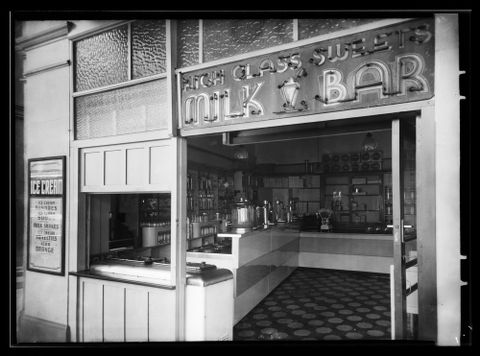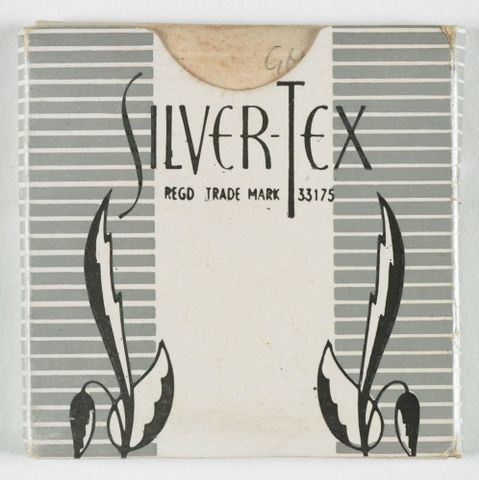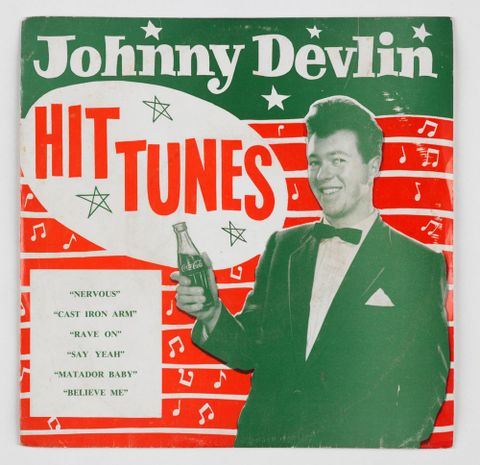57 years ago the Mazengarb report is released (20 September 1954).
In 1954, several shocking events occurred that fuelled a simmering panic about the activities and morals of New Zealand teenagers. These included revelations that some Hutt Valley teens were having sex.

Over 50 local teenagers were observed congregating at Elbe’s milk bar in Lower Hutt. There was nothing unusual about this: in the 1950s, milk bars like the one pictured above became popular with teenagers, who met in them to drink milkshakes and to listen to the latest hit songs on jukeboxes.
But these adolescents were mixing with seemingly rebellious, motorbike-riding ‘milk bar cowboys’. Some of them were also having sexual intercourse by the Hutt River and other locations far from the prying eyes of adults. That the teenagers had managed to procure contraceptives (condoms) intensified official and parental concerns.

This scandal, plus the Parker-Hulme murder a month earlier, brought the alleged national problem of ‘moral delinquency’ into sharp focus. Fearing that delinquency was spreading, the Prime Minister, Sid Holland, called for ‘an exhaustive investigation into this grave social problem’ and a special committee on ‘Moral Delinquency in Children and Adolescents’ was set up to this.
The committee’s brief was to inquire into ‘the conditions and influences that tend to undermine standards of sexual morality of children and adolescents’. It was headed by Dr Oswald Mazengarb. Ironically, for an investigation into youth, only two committee members were aged under 45.
On 20 September, after two months of hearings, the committee issued a report. The ‘Mazengarb report’, as it was also known, was sent to almost 300,000 families. It noted that the ‘new pattern of juvenile immorality is uncertain in origin, insidious in growth and has developed over a wide field’.
Nevertheless, its authors blamed this problem on excessive wages for teenagers, working mothers, absent parents and lack of supervision, a decline in family life, a lack of recreational facilities in new suburbs, and sexual precociousness in girls. The report was also critical of pop music and movies, pulp fiction and comics, much of which was produced in the United States.

Yet by the end of the 1950s, American pop culture had a permanent place in New Zealand life. New Zealanders even had a rock’n’roll idol of their own – Johnny Devlin, the ‘Wanganui Elvis’ (pictured above).
The moral panics generated by teenagers in the 1950s are featured in Te Papa’s exhibition Slice of Heaven: 20th Century Aotearoa.
There is also information about the Mazengarb report on nzhistory.net.nz
If you have a copy of the original Mazengarb report from 1954, or remember it being delivered to your family, please leave a comment below.
References:
- Redmer Yska, All Shook Up: The Flash Bodgie and the Rise of the New Zealand Teenager in the Fifties, Auckland, 1993.
- Bronwyn Dalley, Family Matters: Child Welfare in Twentieth-century New Zealand, Auckland, 1998, chapter 3.
- Chris Bourke, Blue Smoke: The Lost Dawn of New Zealand Popular Music 1918-1964, Auckland, 2010, pp. 283-8.

Hi Kirstie.
My grandmother sat on the SPECIAL COMMITTEE ON MORAL DELINQUENCY IN CHILDREN AND ADOLESCENTS. I beliece becaus eof her connections to the Catholic Women’s League. It was well before my time, of course, but one family “story” is that when asked what qualified her to sit on this committee she replied “I have five delinquents of my own” – quite ironic as my father, aunt and uncles were brought up very strictly indeed. I will be very interested in any contemporary recollections that get posted here.
Christine
Hi Christine Thanks for contributing this personal family detail.
I hope my blog will prompt others, so that we can see a range of community and individual responses to ‘moral delinquency’.
Kirstie